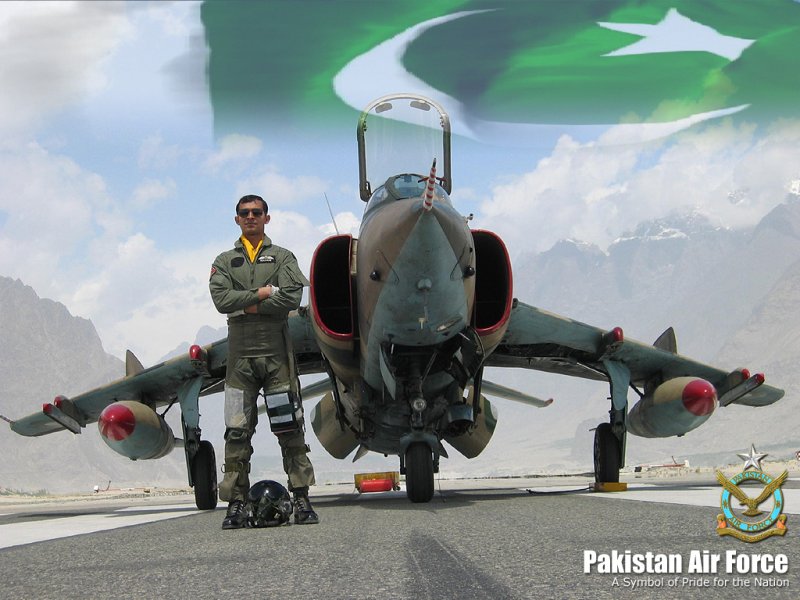Difference Between GD Pilot and Fighter Pilot
While GD pilots and fighter pilots both play significant roles, they differ in several aspects of their job responsibilities and prospects. Many aspiring pilots may not initially understand the distinctions between these two roles. It’s important to recognize that, although the differences may seem subtle, they are crucial in defining each profession. Let’s explore and understand these differences in detail.
Points of Difference Between GD Pilot and Fighter Pilot
| Aspect | GD Pilot | Fighter Pilot |
|---|---|---|
| Role Definition | Perform varied roles, including transport, reconnaissance, training, and support missions. | Specialized in combat operations, focusing on air superiority and strategic missions. |
| Aircraft Types | Operate transport planes, helicopters, and trainer aircraft. | Operate advanced fighter jets like interceptors and multi-role combat aircraft. |
| Training | Receive comprehensive training on diverse aircraft and mission types. | Undergo intensive training in air combat tactics, dogfighting, and advanced aerial maneuvers. |
| Mission Focus | Handle transport, surveillance, search-and-rescue, and crew training missions. | Focused on air-to-air combat, ground attack, strategic bombing, and aerial defense. |
Who Are GD Pilots?
GD Pilots, short for “General Duty Pilots,” are versatile aviators trained to perform a broad range of duties in the air force.
- Responsibilities:
- Plan and prepare for missions, including reviewing targets and flight goals.
- Provide weather updates and other intelligence to the mission team.
- Conduct pre-flight inspections to ensure the aircraft is flight-ready.
- Participate in search-and-rescue, reconnaissance, and transport operations.
- Skills Required:
- Strong understanding of flight plans and aviation protocols.
- Ability to adapt to multiple roles and aircraft types.
GD Pilots are critical in maintaining operational efficiency, often serving as the backbone of the air force’s logistics and support missions.
Who Are Fighter Pilots?
Fighter Pilots are elite military aviators specializing in combat operations.
- Responsibilities:
- Engage in air-to-air combat and aerial dogfighting.
- Execute ground attack missions and strategic bombing operations.
- Operate state-of-the-art fighter aircraft designed for high-speed, high-altitude combat.
- Skills Required:
- Exceptional physical and mental fitness.
- Advanced training in aerial warfare and combat strategy.
Fighter Pilots are at the forefront of an air force’s combat readiness, showcasing precision and courage in high-stakes missions.
Key Distinctions
- Versatility vs. Specialization:
- GD Pilots are versatile, handling a variety of missions, while Fighter Pilots are specialized in combat roles.
- Aircraft Type:
- GD Pilots operate diverse aircraft; Fighter Pilots exclusively fly advanced fighter jets.
- Mission Nature:
- GD Pilots often focus on support and reconnaissance missions, whereas Fighter Pilots are combat-oriented.
- Training Intensity:
- Fighter Pilots undergo more rigorous combat-specific training compared to the broader training of GD Pilots.
In conclusion, both GD and Fighter Pilots are essential for the air force. Aspiring pilots should carefully consider their interests, skills, and career goals to determine which role aligns with their aspirations. While GD Pilots offer versatility, Fighter Pilots promise the thrill and prestige of combat aviation.


One day inshallah I will also be a fighter pilot ameen
my eye sight is little bit weak so what will be the best profession in PAF for me?
aeronautical engineering <3